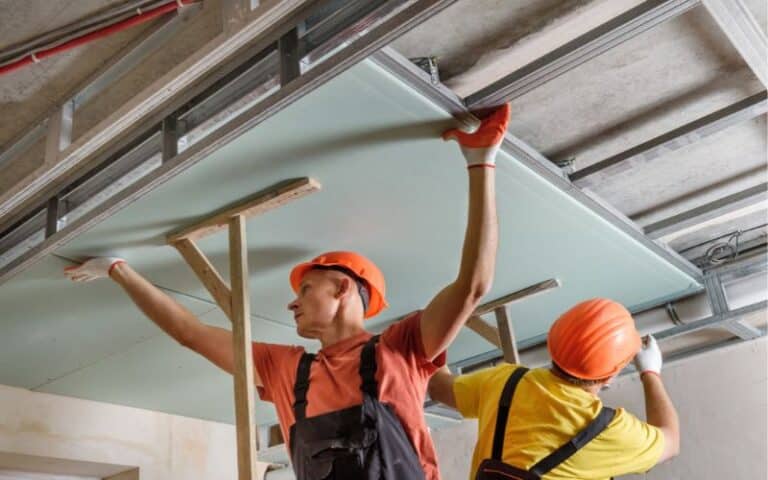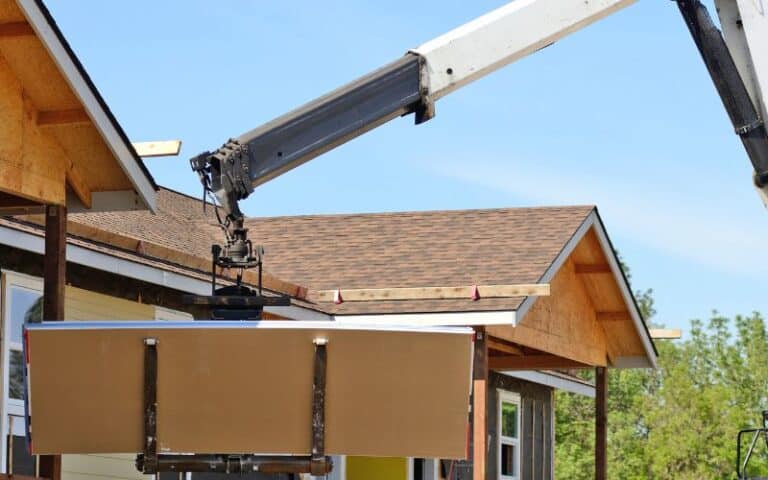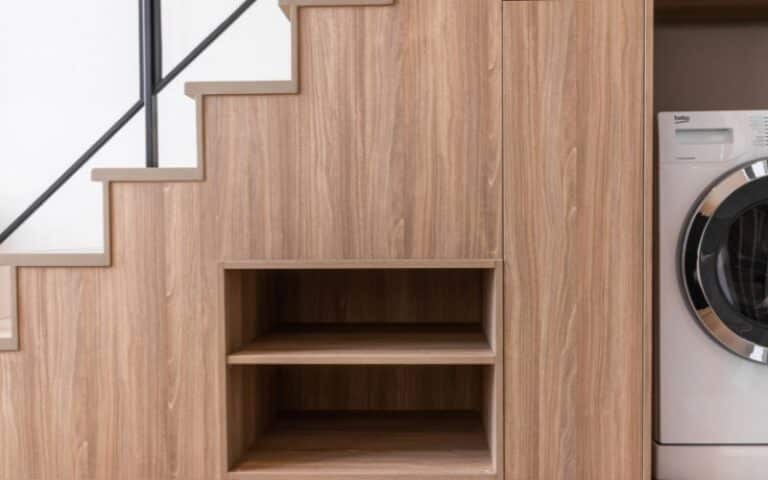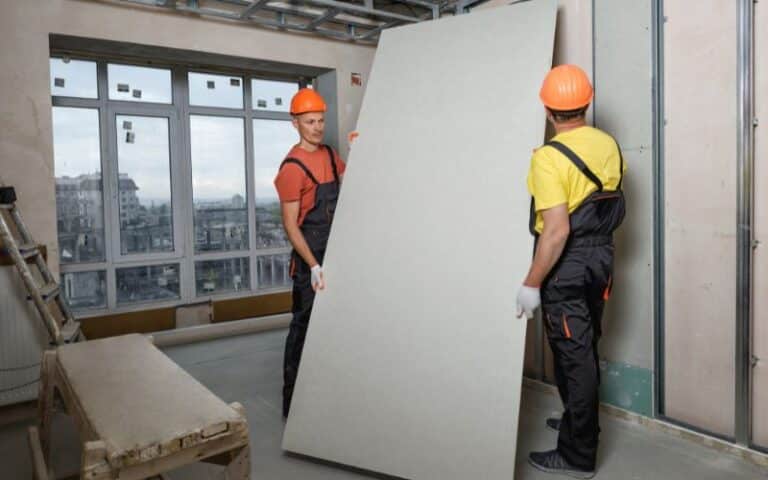The finishing of the inner aspect of your building matters. How you transition from one material to another is essential.
Aside from having a perfect finish, you also aim to have ongoing work that can withstand all the elements in the shower.
The edges of the drywall and the Bathtub could come off with some trick. However, where these edges meet requires some attention.
You can transition from drywall to a bathtub perfectly with three methods. First, fill the gap with a more moist-durable material, fur the wall, and use a shower bead. You can use these methods to fill the space between your drywall and your Bathtub’s edge. These transition methods eradicate the problem of moisture faced when you use drywall alone.
This article will discuss how you can fill large gaps between drywall and your Bathtub. It also gives you all the information you need concerning the transition from drywall to a Bathtub.
Ready for a Drywall Quiz?
How to Finish Drywall to Bathtub Transition?
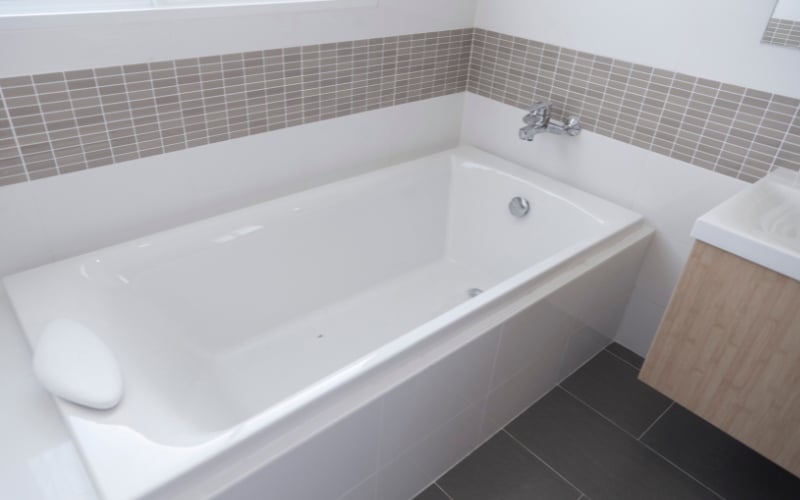
Here are the basic ways to finish drywall to transition the Bathtub. These methods ensure that you save costs and have a lasting solution to the wetness you encounter.
These methods include;
- Filling the gap
- Furring the wall
- Using a shower bead
#1. Filling the Gap
When you fill the gap between the drywall and the edges of the Bathtub, you will see the edges of the drywall so that it runs along the edges of the enclosure surrounding the flange.
This enclosure will be prefilled with hot mud and covered with standard drywall compound to seal the joint.
This method is suitable for gaps that measure up to a quarter inch. The hot mud you apply should match the color of the Bathtub.
Ensure that the gap is clean and does not contain any debris. The caulking may not last long when you have this debris in the gaps.
The material you use to fill the space varies depending on the gap size. The gap size depends on how far you want the edge of the drywall to be from the Bathtub flange.
Some bathtubs come with a built-in lip, but many others do not. You may need to install a flange along the L-shape border of the Bathtub and the drywall.
For wide gaps, up to six inches or more, you must add a backer rod before applying the caulk for wide gaps up to six inches or more. Look out for a backer rod that you can use around wet areas.
Gaps less than six inches wide do not need a special technique. You could fill these gaps by placing caulk or hot mud side by side within the spaces in the gap.
This technique is cheap and easy to apply with little form of expertise. However, a major drawback of this method is the risk of breakdown.
Most times, the caulk may not withstand the wetness from the shower, and you may need to replace these materials after a short while.
#2. Furring the Wall
In this method, you will apply some Furring to the studs around the Bathtub. You find these studs around the Bathtub. The Bathtub is usually attached to the stud.
In this method, you seek to bring the drywall to the point of the enclosure between the drywall and the edges of the Bathtub.
Once you have the Furring done appropriately, you will hang the drywall at a quarter of an inch distance from the Bathtub flange.
To fur-out, the gap between the Bathtub and the edges of the drywall, measure this gap with tape.
Then, cut your furring strips and mark out these strips to identify where they belong.
Once you have identified their position, install each furring strip to its stud framing. Use a one-inch finishing nail to drive the furring strips in.
You can choose to apply the fur before you apply the drywall. Following this order, you can install the drywall on the edges of the furring strip.
The furring strip will be a transition material from the drywall to the Bathtub’s edge. This technique applies to all bathtub types, those with flanges and those without.
After applying the furring strip, you can apply some caulk to achieve a leveled transition from the drywall to the Bathtub.
This method can be time-consuming, expensive, and difficult. It also requires the expertise of a professional.
The advantage of this transition method is that it lasts longer and produces a perfect finish if done properly.
In addition, at the end of the process, the transition between the drywall to the Bathtub is smooth.
#3. Using a Shower Bead
Another method to transition from drywall to a bathtub is a shower bead. The shower bead is an already-made product that can fill the gap between the drywall and the Bathtub.
Consider this method as a go-between between the two previous methods. This process combines the other methods into one.
This shower bead produces a smooth, well-aligned edge of the furred wall and is very easy to handle like you are filling the gap.
To install a shower bead, snip a small piece of the material on the wall. Next, make sure the shower bed lays flat on the wall.
If you cannot make it lay flat on the wall, strip off a piece of the support until you have your desired flatness.
Once you have the desired flatness, cut the shower bead to length, apply an adhesive and immediately apply this shower bead to the drywall.
Once you have attached the shower bead to the drywall, press the leg into place until it fits snuggly into the gap.
Then staple the edges with half-inch stables. You can add extra reinforcements by adding some caulk to the edges.
Here is a highlight of some pros and cons you may encounter when you choose any of the above methods.
| Method | Pros | Cons |
|---|---|---|
| Filling the gap | It’s cheap and easy to apply. | It does not last long. |
| Furring the wall | It lasts long and leaves a smooth and perfect transition. | It requires a lot of expertise and might be expensive. |
| Applying a shower bead | It’s easy, fast, smooth, and durable. | It might be expensive. |
How to Fill Large Gaps Between Drywall and Bathtub?
You can fill large gaps between the drywall and Bathtub by applying any of the methods above.
You should fill this space with hot mud or caulk for large gaps measuring six inches above.
Use a backer rod to fill the gap in wide gaps before applying the caulk. Then, insert the backer rod into the gap until it covers it completely.
Once the rods are completely in place, apply the caulk gently until you have achieved an even surface.
Does Drywall Go Over Bathtub Flange?
Your drywall could go over the bathtub flange. It would be best if you do not allow the drywall to go over the lip of the Bathtub.
As a result of the drywall’s poor interaction with moisture, you should leave a space between the edge of the drywall and the bathtub flange.
In this gap, you can surround it with more waterproof materials so that the drywall does not get damaged because of the wetness from the Bathtub.
Should You Caulk Between the Drywall and the Bathtub?
You can caulk the gap between the drywall and your bathtub. The caulk will be an excellent waterproof material that will insulate the edges of the bathtub and drywall.
It would be best if you caulked wide and deep spaces; you could add other materials to these surfaces to make them stick.
When you apply a caulk, make sure you pick from colors that align with the Bathtub. There are different types of caulk that you can choose from.
Whichever choice you make, caulk is a good option to fill that gap between drywall and a bathtub.


